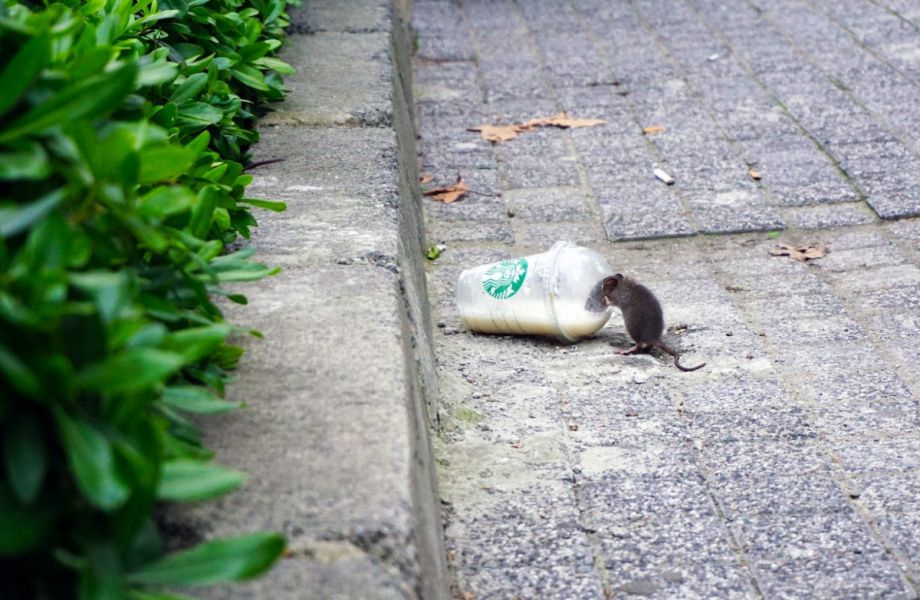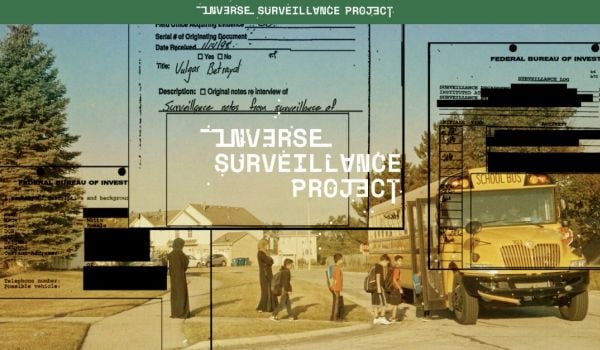This winter, I had the not-so-glamorous job of collecting organ samples from trapped rats in Chicago’s alleys. Normally a dead rat is not particularly attractive, but one caught my eye. Its stomach was a bright robin’s egg blue: a sure sign of teal-dyed rat poison.
Rat poisons (also called rodenticides) are a common way for people to control rats in cities around the world. Despite their ubiquity, rodenticides are becoming more controversial because they can accidentally kill pets or predators that eat the poison or the poisoned rats. In recent years, several states, including California and Massachusetts, have passed bills restricting the use of rodenticides in an effort to conserve wildlife.
Our work has also thrown up another, unanticipated problem: The poisoned rats we sampled that managed to survive the experience were three times more likely to be infected with leptospirosis, the world’s most widely distributed zoonotic (animal-to-human) disease.
I have been leading the Chicago Rat Project since 2018. Our city is famous for its skyline and lakefront but also for rodents: It has been dubbed the “rattiest city in America” for the past eight consecutive years, based on the number of complaints the city gets about rats.
We study how rats interact with people, wildlife and the environment to better understand public health risks from rats and improve their management. We do this using a holistic approach known as One Health, which looks at all aspects of health and the interconnections between the health of people, animals and the environment. Academic and public interest in One Health has increased dramatically since the Covid-19 pandemic, particularly because it can help to find win-win outcomes that protect both the environment and human well-being at the same time.
Rats can carry dozens of diseases transmissible to people. Leptospirosis, found in rat urine, causes fever, pain and kidney failure, and can be fatal if left untreated. Considered the most widely distributed zoonotic disease, leptospirosis is more common in tropical areas prone to flooding. Although the disease is rarer in the US, urban residents have died of leptospirosis after rat infestations, and it is becoming more common in domestic dogs. In addition, rat feces can contain salmonella (bacteria commonly known for food poisoning) and MRSA (“superbugs” that have become resistant to antibiotics). Rat bites can convey rat bite fever, and rat fleas can (but rarely) transmit the plague.
Our group has studied all different aspects of human-rat interactions. During the Covid-19 stay-at-home orders, for example, we found that rats made Chicago residents feel unsafe using their yards and patios, which at the time were so important for socializing and recreating. In our city, lower-income residents and residents of color are more likely to notice rat urine and feces inside their homes. Unsurprisingly, Chicago alleys with more accessible garbage have higher numbers of rats.
One striking finding from our group, gleaned from a study of 99 rats trapped and tested in 2018, was that rats that survived poisoning were three times more likely to carry leptospirosis than rats never exposed to poison. The dramatic difference in infection prevalence was surprising but mirrors other studies showing that predators exposed to rat poison are more likely to have parasites, likely because these compounds affect their immune systems.
Surprisingly, we also found that rats in some richer neighborhoods are more likely to carry leptospirosis — maybe because the larger and older estates in Chicago tend to have more standing water where leptospira bacteria can thrive. Affluent residents may also be more likely to hire pest professionals who use rodenticides. Rats are not “only” a problem associated with poverty.
In 2021, we surveyed nearly 700 people across Chicago about rats. Sadly, only 30 percent of our survey respondents even knew that rats can carry leptospirosis. Knowing the risks might encourage more people to use gloves and bleach when cleaning up rat urine.
We also found that residents are less likely to report their rats (and thus less likely to receive free rat abatement from the city) if they don’t believe the city will take their complaints seriously. Underserved and marginalized communities, already more likely to have rat waste in their homes, are less likely to think anyone well help them with their rats. This compounds existing issues with health equity.
So, what should be done? The most important step is to cut off the endless rat buffet that is garbage. New York City recently passed a law saying residents have to put their garbage out much later the night before pickup, for example, and they launched a municipal composting program because of rats. These are steps in the right direction.
Limiting the use of rat poison — for example by licensed professionals only — would help to prevent its inadvertent effects on rats and other wildlife. More intensive restrictions, allowing only “essential services” such as hospitals and food production to buy and use anticoagulant rodenticides, were recently implemented in British Columbia, Canada.
Effective rat management requires more than just an understanding of how to efficiently kill rats. It’s also about changing human behavior to stop rats from thriving, or from getting sick, or from entering homes; and teaching people how to report and deal with rats and rat waste. People, rats and other urban wildlife are all connected and our approach to rodent control must acknowledge these connections.
This op-ed originally appeared in Knowable Magazine, an independent journalistic endeavor from Annual Reviews. Sign up for its newsletter.
Maureen Murray is a wildlife disease ecologist at Lincoln Park Zoo’s Urban Wildlife Institute in Chicago.















